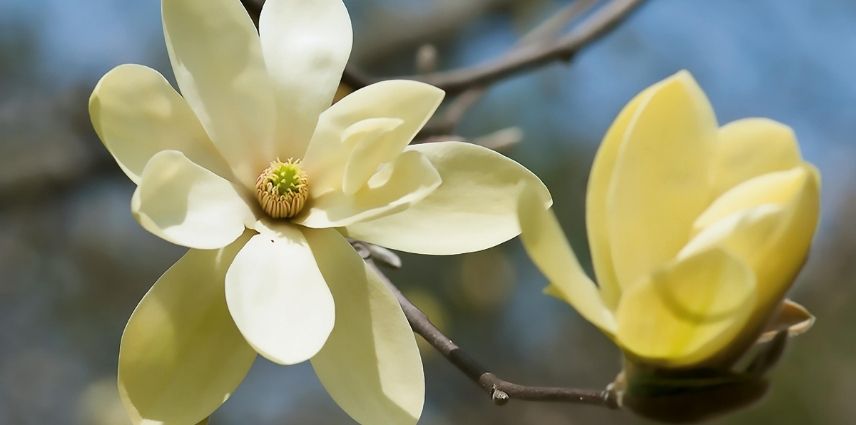
7 magnolias with yellow flowers
Our unique, fragrant selection
Contents
As Nature gives more room to deciduous magnolias with pink or white flowers, yellow-flowering varieties are rarer in Europe. And yet, what a sight to see them bloom in a bright yellow, without being hidden by the unfolding of the leaves! Result of arranged marriages, the yellow magnolia now declinates into a wide palette of colours : we have selected 7 – whether for their aesthetic quality, delicate fragrance or uniqueness. For each of them, find some tips to grow them successfully and quickly enjoy their flowers.
Magnolia ‘Yellow Bird’ in daffodil yellow!
Resulting from cross between Magnolia acuminata subcordata and Magnolia (x) brooklynensis ‘Eva Maria’, Magnolia brooklynensis ‘Yellow Bird’ forms cup-shaped flowers, reminiscent of tulips, in a true chick-yellow, complemented by large dark glossy deciduous leaves. During flowering in May, buds gradually release flowers with six tepals that open into wide cups, with a centre containing numerous stamens.
Plant Magnolia ‘Yellow Bird’ in free-draining soil in full sun. Water well during first year, about once a week; protect base with mulch in summer and winter. With a spreading and pyramidal habit, it can reach 8 metres tall and 4.5 metres wide. Pruning should only take place after flowering, during first three years only, to remove dead or damaged branches and balance its shape.
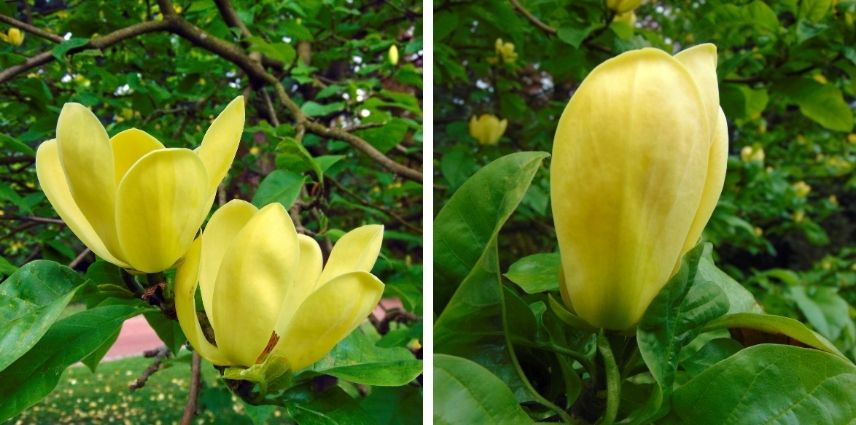
Magnolia 'Daphne', with long-lasting intense yellow flowers
In the 2000s, new hybrids arrived on the market – such as Magnolia ‘Daphne’, resulting from cross-breeding between Magnolia acuminata subcordata ‘Miss Honeybee’ and Magnolia ‘Gold Crown’. Thanks to its heritage, it offers a beautiful, intense canary-yellow flowering and well-turned-up petals. During flowering in April/May, large solitary scented flowers with yellow stamens stand out against medium-green deciduous obovate foliage.
Magnolia ‘Daphne’ performs well in fresh, well-drained, fertile soil in full sun. It will require weekly watering during first year after planting and mulching to retain freshness in summer and protect from cold in winter. With a columnar habit, capable of reaching 4 metres in height and 2 m in spread, it can be lightly pruned between flowering and leafing.
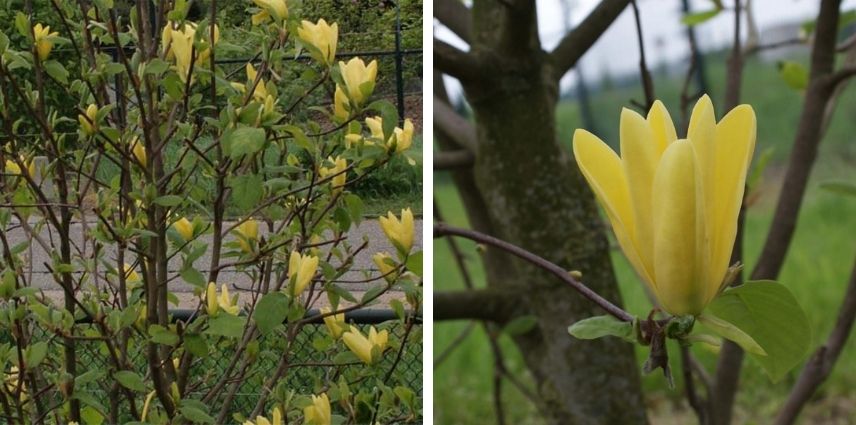
Discover other Magnolia
View all →Available in 0 sizes
Available in 1 sizes
Available in 1 sizes
Available in 2 sizes
Available in 1 sizes
Available in 1 sizes
Available in 1 sizes
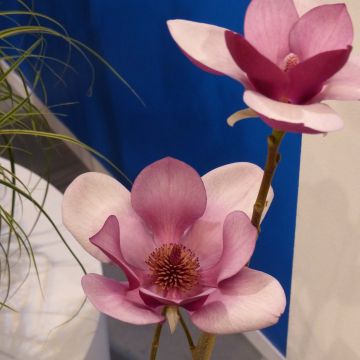
Available in 1 sizes
Available in 3 sizes
Available in 1 sizes
Magnolia 'Elisabeth', the first of its genus!
Created in 1956, Magnolia ‘Elisabeth‘ officially took this name in 1978, in reference to director of Brooklyn botanical garden, Elisabeth Scholz. Resulting from a cross-breeding with the Magnolia denudata and the Magnolia acuminata, it inherited from the first its large tulip-shaped flowers (15 cm in diameter) and from the second this creamy yellow colour that appears just before its leaves, between May and June. Not very fragrant, it is distinguished by its beautiful red stamens. Bearing a spreading habit, its 15 cm flowers appear from May to June, set off by the dark green of its leaves.
Magnolia ‘Elisabeth’ is planted in a rather sunny spot, sheltered from cold winds. It is pruned gradually by removing dead wood, as well as branches that cross one another. At ripeness, it can reach 1.8 m with a 1.20 m spread.
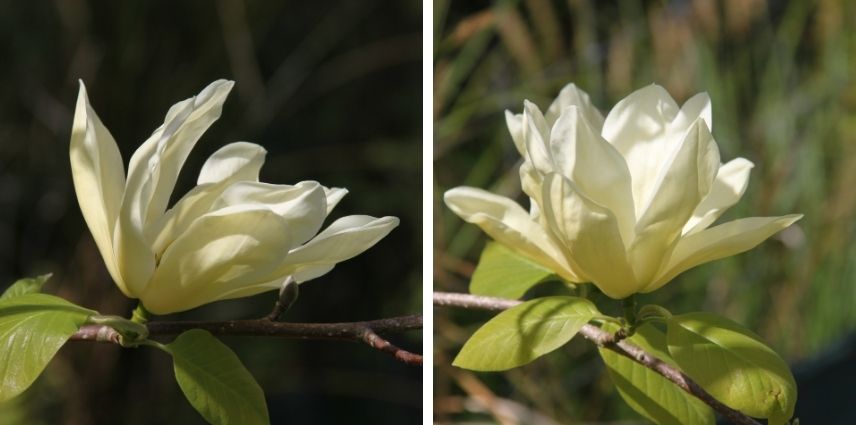
Magnolia acuminata 'Butterfly', with abundant lemon-yellow flowers
By crossing varieties Magnolia acuminata ‘Fertile Myrtle’ and Magnolia denudata ‘Sawada’s Cream’, the Magnolia ‘Butterflies’ was raised in 1988 in the state of Michigan, United States. It has large deciduous, obovate leaves 15 cm long, a handsome mid-green. Meanwhile the tepals, a soft yellow, open to reveal a red centre, with yellow stamens surrounding a large green pistil. Its flowers, both large (11–12 cm in diameter) and delicate, release a lemon essential oil aroma: they can be admired from an early age, from April to May.
Plant Magnolia acuminata ‘Butterfly’ in humus-bearing, well-drained soil, in full sun (or partial shade). With its pyramidal habit, it can reach 4.5 m high and 3 m wide. It requires no particular pruning, beyond removal of a few crossing branches to aerate centre of the bush.
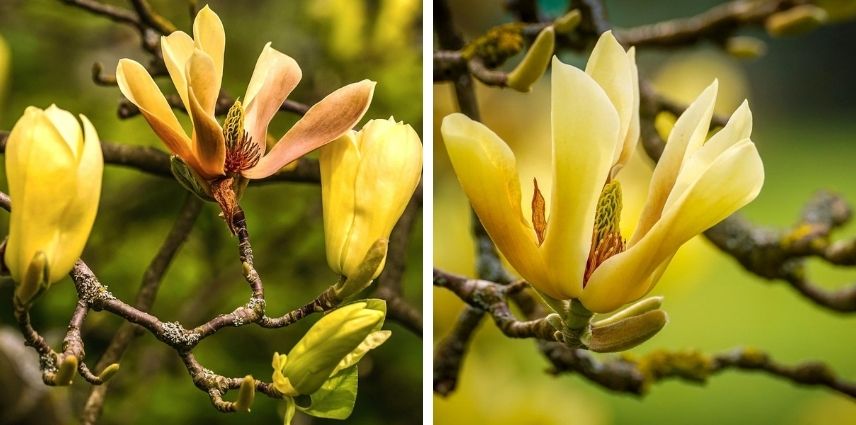
Magnolia ‘Gold Star’, with fragrance both sweet and floral
Resulting from cross-breeding between Magnolia acuminata subcordata ‘Miss Honeybee’ and Magnolia stellata, Magnolia x stellata ‘Gold Star’ benefits, through this heritage, from flowering of the first parent and from the large number of petals of the second. Nicknamed ‘star magnolia’, it is recognisable by its pale yellow star-shaped corollas, set off by dark green deciduous foliage. From April to May, its flowers open gradually, reaching up to 15 cm in diameter, revealing yellow stamens and releasing a scent both sweet and floral.
Magnolia ‘Gold Star’ prefers well-drained soils in full sun (or partial shade), sheltered from wind. During first year, it requires weekly watering, with a soil amendment in spring. It stands out for its columnar habit, which can reach 3.5 m tall and 2.5 m wide: if pruning is necessary, it must be carried out between flowering and leaf emergence.
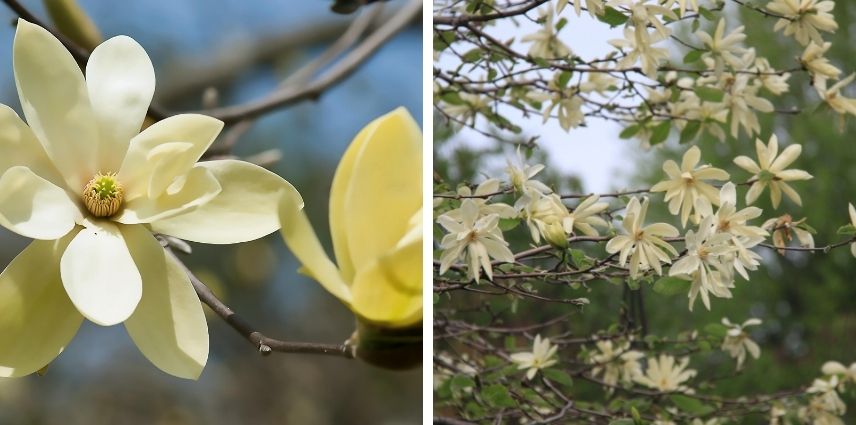
Michelia 'Fairy Lime' with fruity fragrance and evergreen foliage
Michelia ‘Fair Lime’ belongs to genus Michelia, now reintegrated into Magnolias. It is notable for its very exotic appearance, with leathery, evergreen foliage of very dark green. During flowering, between April and May, elongated flower buds, tawny-brown in colour, appear to produce a creamy-yellow flower 4 to 6 centimetres in diameter, with reddish-brown stamens. As with many Michelia, these flowers give off a fruity scent.
Ideally, Magnolia ‘Fairy Lime’ is planted in well-drained, fertile, humus-bearing soil in a sunny position. Its habit, rather shrubby, varies with situation: in partial shade it will be more open and looser, with darker foliage. In full sun it will be compact, with lighter green foliage that is denser and smaller. At maturity it can reach 2.5 metres high and 1.8 metres wide. After flowering, remove dried, crossing or winter-damaged shoots.
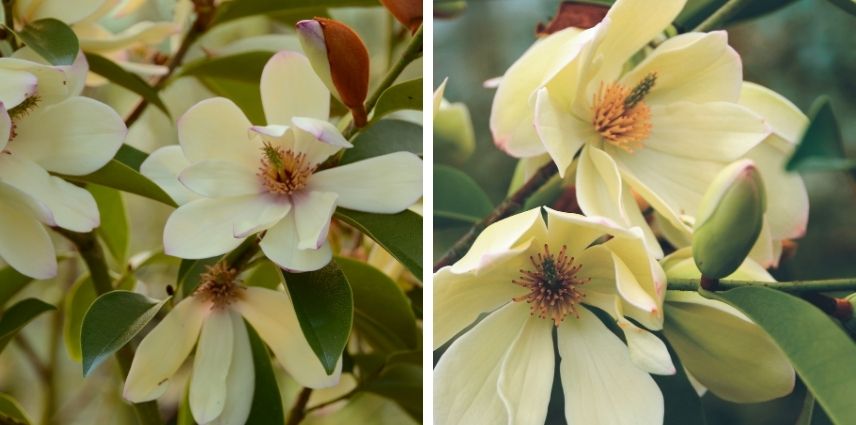
Magnolia 'Honey Tulip', with rapid and abundant flowering
Introduced in 2013, Magnolia ‘Honey Tulip’ is an innovative variety – for its colouring and the shape of its flowers. On one side it displays a honey-and-sun hue, with yellow stamens and a green pistil; on the other it appears midway between tulip and peony. From April to May this bush stands out for rapid, abundant flowering.
Magnolia ‘Honey Tulip’ is ideally planted in well-drained soil, rich in humus and not too alkaline, in a sunny spot sheltered from cold winds. With a habit both compact and upright, it can reach up to 3 metres in height and 1.7 metres in width. No pruning is necessary, unless you wish to open up the centre by removing crossing branches.
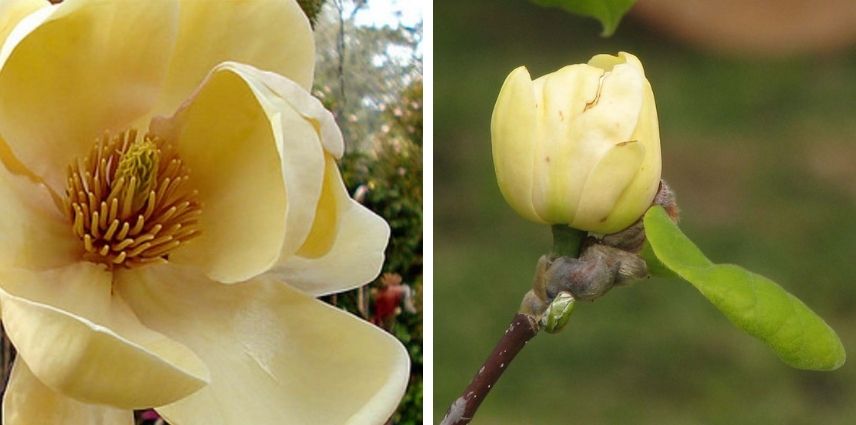
- Subscribe!
- Contents
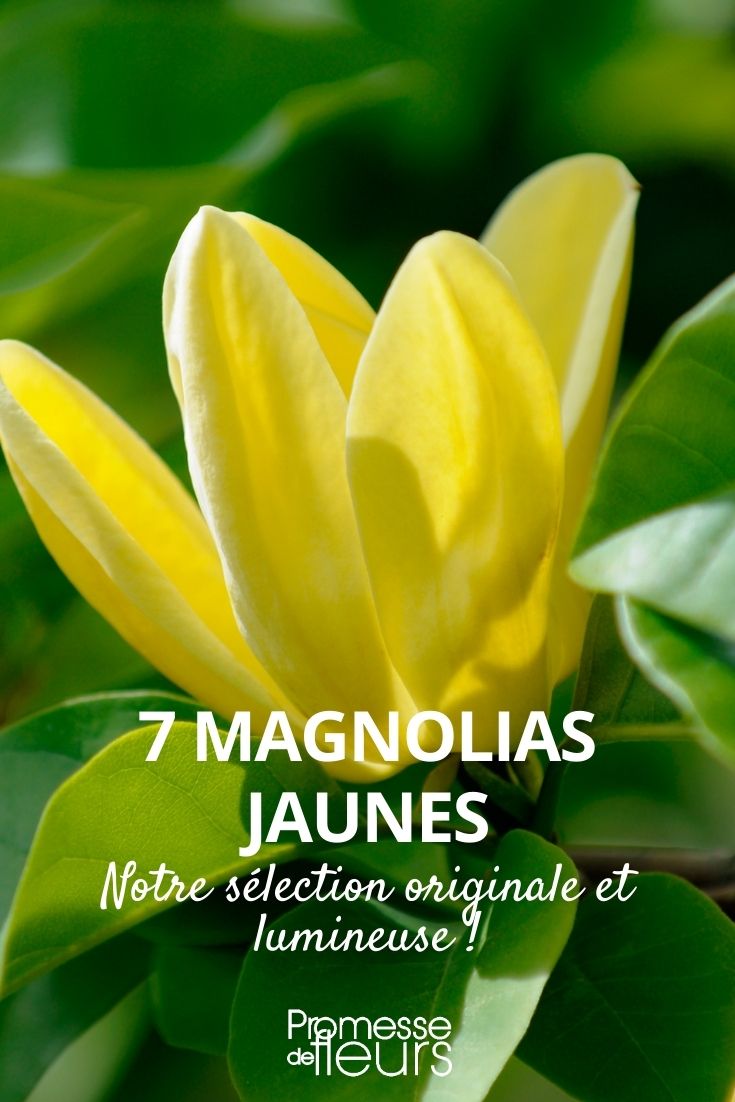































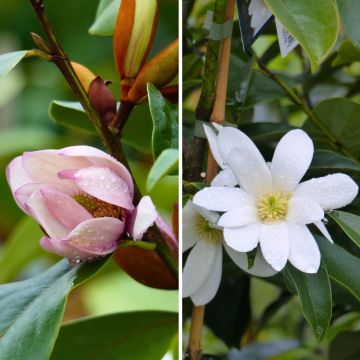
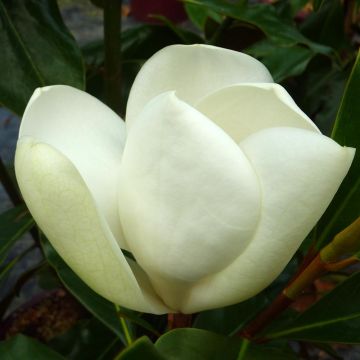
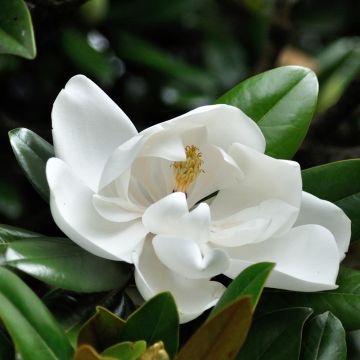
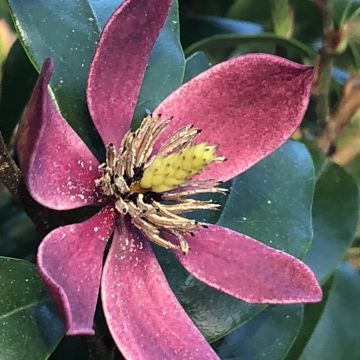
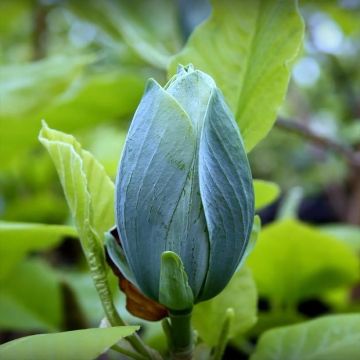
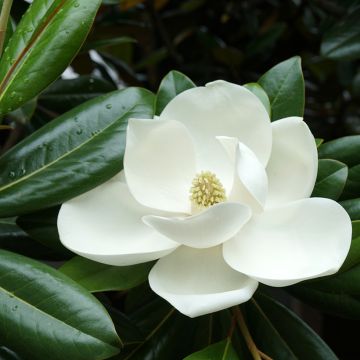
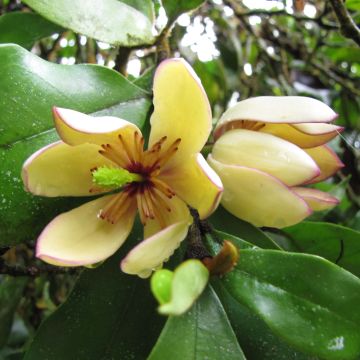
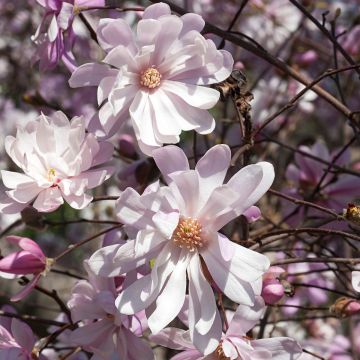
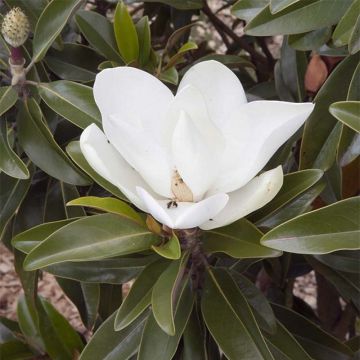
Comments